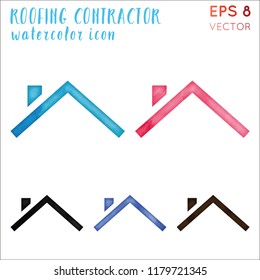Discover The Influence Of Seasonal Components On The Performance Of Industrial External Painting And Identify The Ideal Times To Accomplish Enduring Results For Your Task
Discover The Influence Of Seasonal Components On The Performance Of Industrial External Painting And Identify The Ideal Times To Accomplish Enduring Results For Your Task
Blog Article
Staff Author-Korsholm Decker
When you're preparing a commercial exterior paint task, seasonal variables can make or break your results. You'll intend to consider how temperature and humidity influence paint application and drying out times. Selecting the right season can guarantee your paint sticks properly and lasts longer. Yet which periods are really the best for this kind of work? Allow's discover the crucial elements that can influence your project's success.
The Impact of Temperature Level on Paint Application
When you're intending an industrial external painting project, the temperature level can dramatically affect how well the paint adheres and dries.
Ideally, you want to paint when temperatures range between 50 ° F and 85 ° F. If it's also chilly, the paint might not treat correctly, resulting in problems like peeling off or fracturing.
On the other hand, if it's also hot, the paint can dry out also promptly, avoiding appropriate adhesion and leading to an unequal coating.
You should additionally take into consideration the time of day; morning or late afternoon offers cooler temperatures, which can be more positive.
Always check the supplier's suggestions for the particular paint you're using, as they usually supply guidance on the suitable temperature variety for optimal results.
Moisture and Its Result on Drying Times
Temperature isn't the only environmental variable that influences your business external painting project; moisture plays a significant role also. High moisture degrees can reduce drying out times considerably, affecting the total top quality of your paint task.
When the air is filled with moisture, the paint takes longer to treat, which can bring about problems like bad bond and a higher risk of mildew development. If you're repainting on an especially damp day, be prepared for extended wait times in between coats.
It's crucial to check regional climate condition and strategy accordingly. Preferably, aim for humidity degrees between 40% and 70% for optimal drying out.
Maintaining these factors in mind guarantees your task remains on track and delivers a long lasting coating.
Best Seasons for Commercial Exterior Paint Projects
What's the very best season for your business exterior painting projects?
Springtime and early autumn are normally your best choices. Throughout these seasons, temperature levels are mild, and humidity levels are usually lower, producing suitable problems for paint application and drying out.
Stay clear of summer season's intense heat, which can cause paint to completely dry also quickly, causing inadequate adhesion and coating. Similarly, go to the website can prevent appropriate drying out and curing, taking the chance of the longevity of your paint work.
Go for days with temperature levels between 50 ° F and 85 ° F for optimal outcomes. Remember to examine the neighborhood weather report for rain, as wet conditions can spoil your task.
Preparation around these aspects ensures your painting task runs smoothly and lasts much longer.
Conclusion
Finally, preparing your commercial external paint tasks around seasonal considerations can make a substantial difference in the outcome. By scheduling work throughout the optimal temperatures and humidity degrees, you'll guarantee much better bond and drying times. Remember to watch on https://www.housebeautiful.com/room-decorating/colors/g1610/relaxing-paint-colors/ and select the correct time of year-- spring and early autumn are your best bets. Taking these actions will certainly assist you achieve a resilient and specialist coating that lasts.
